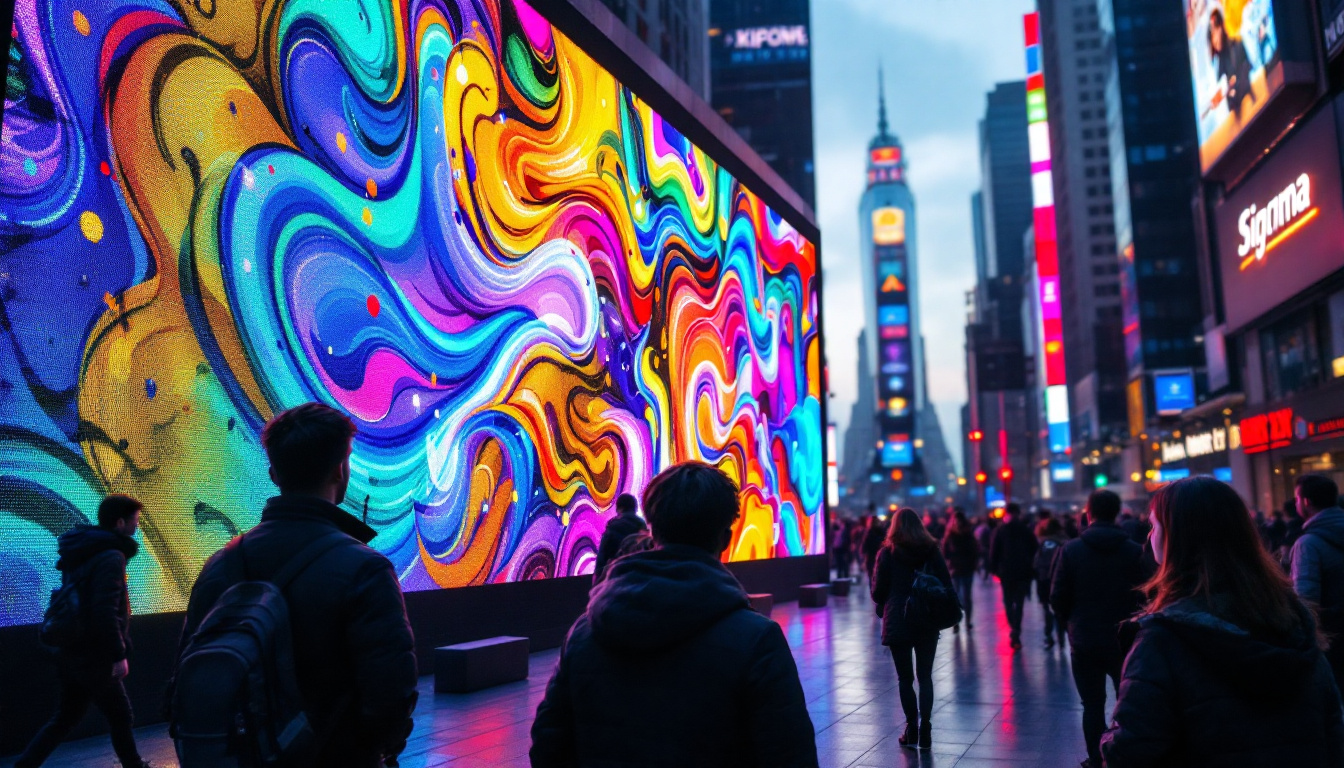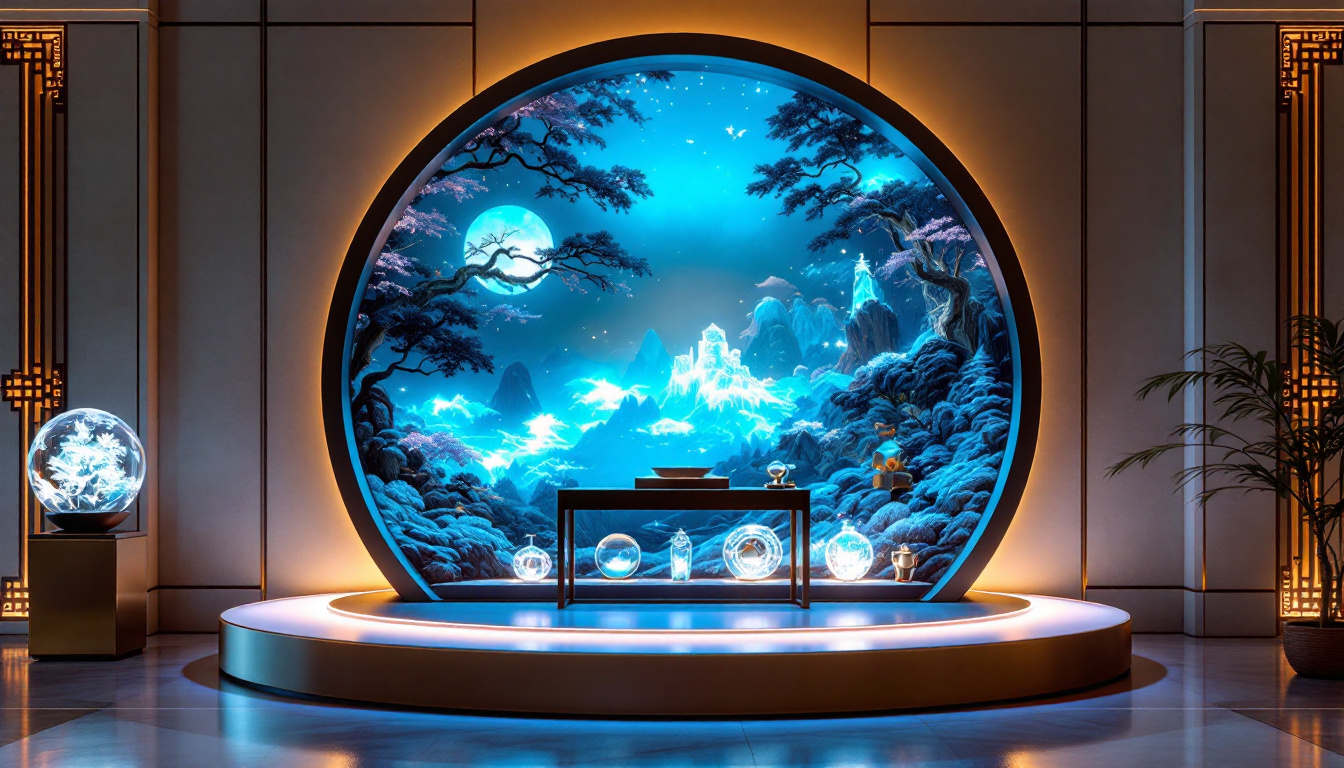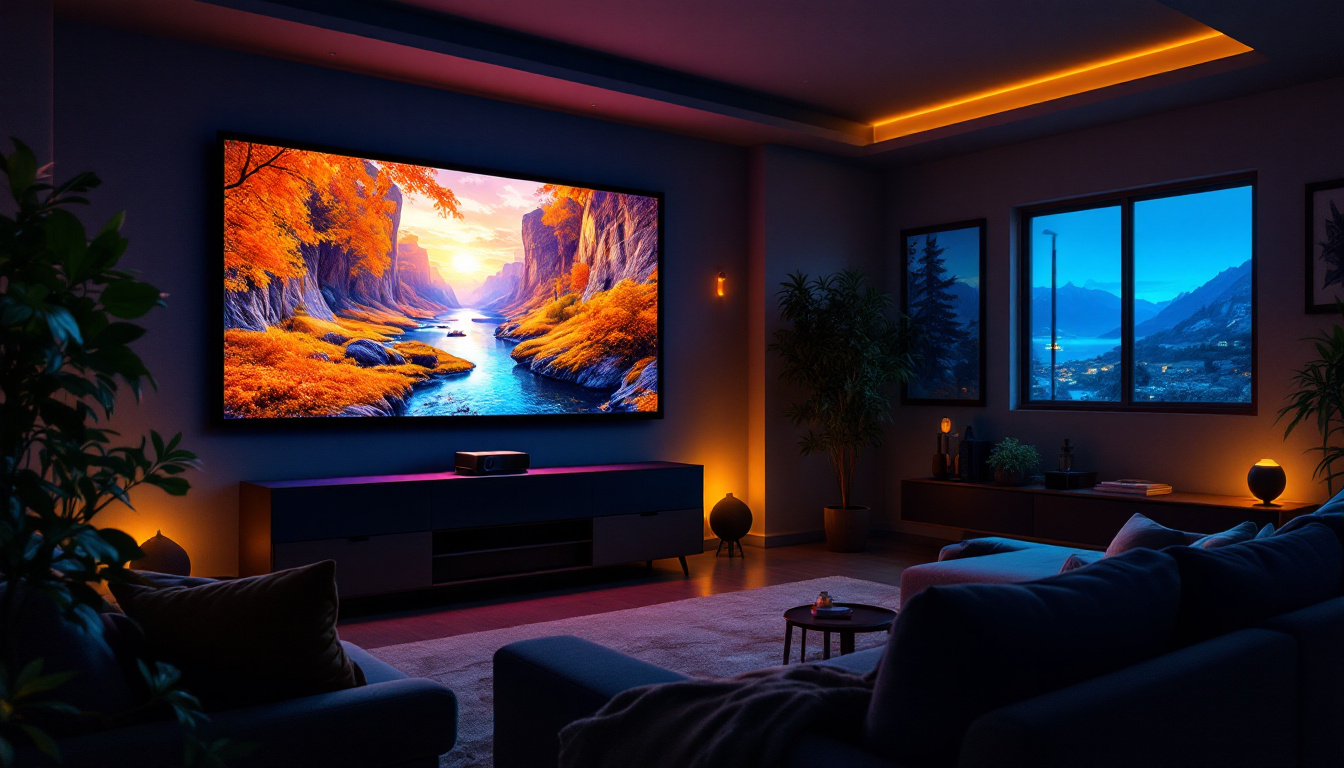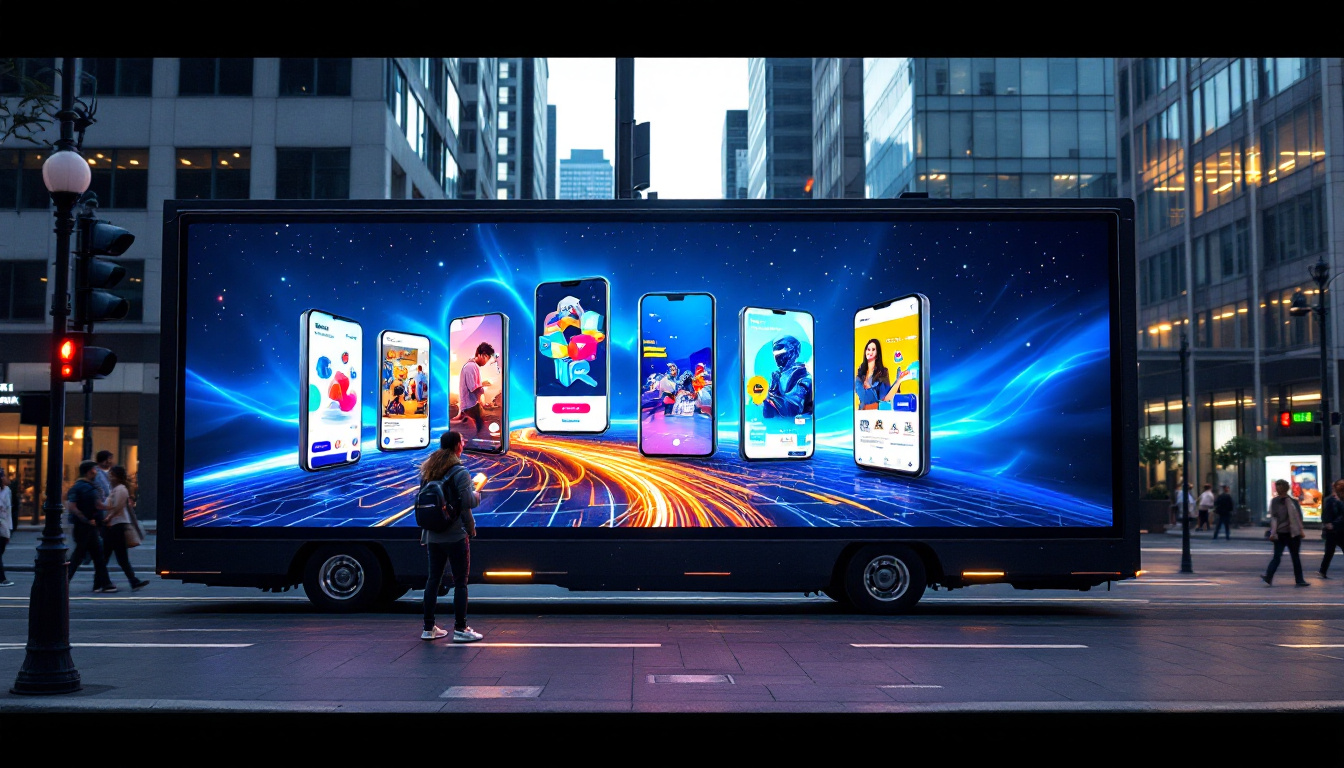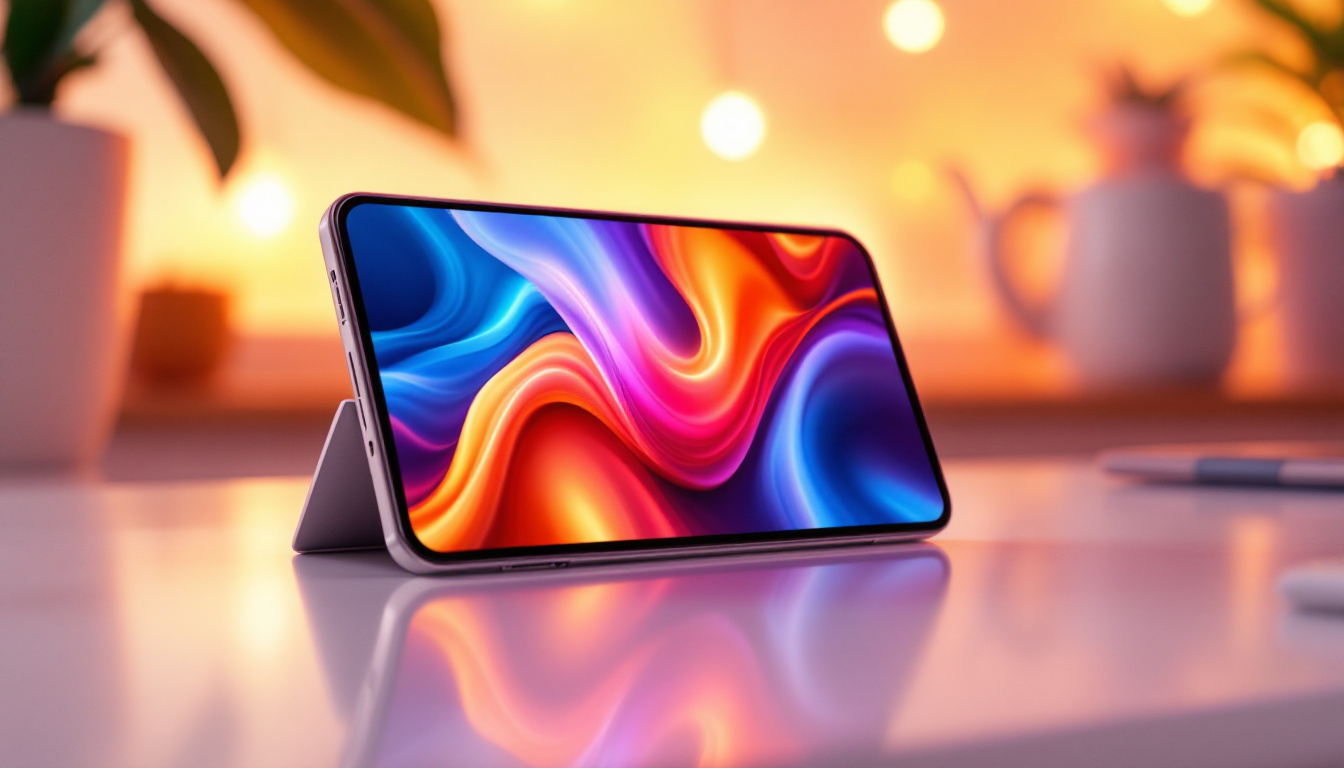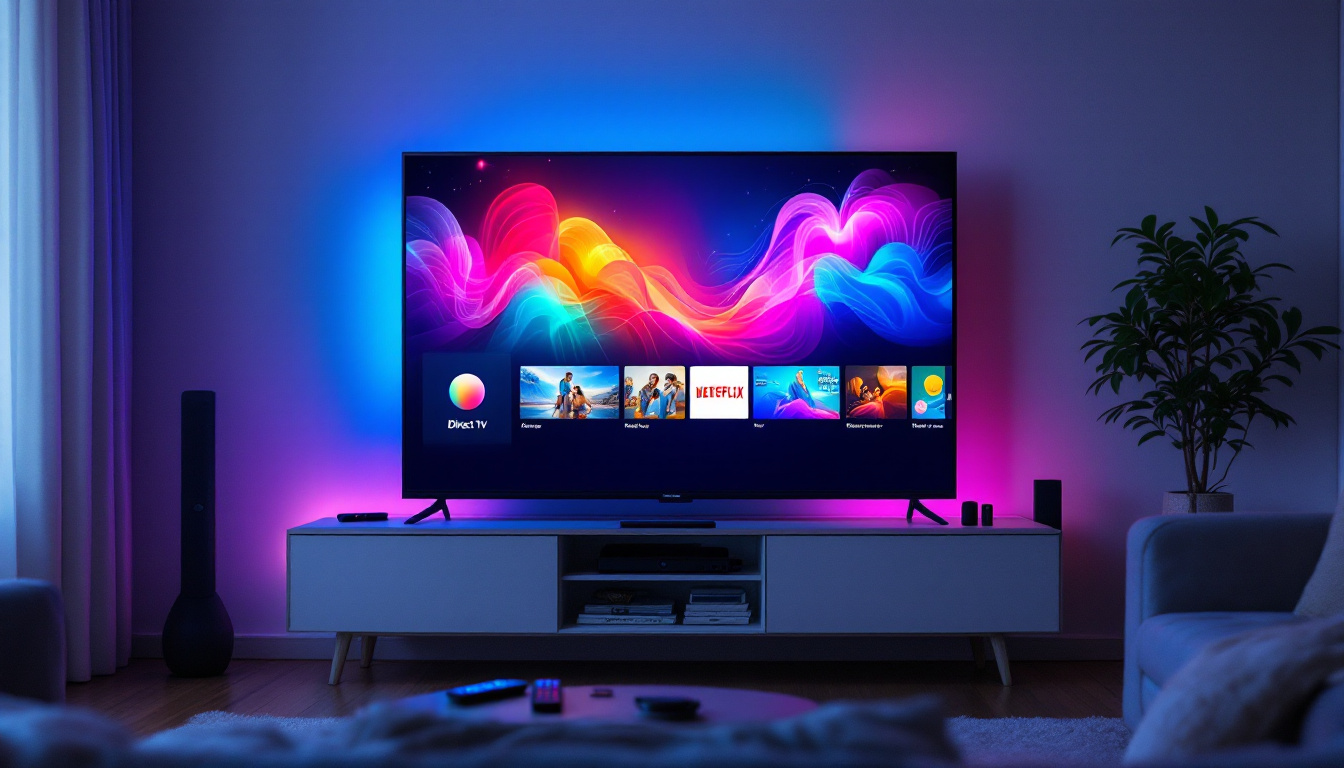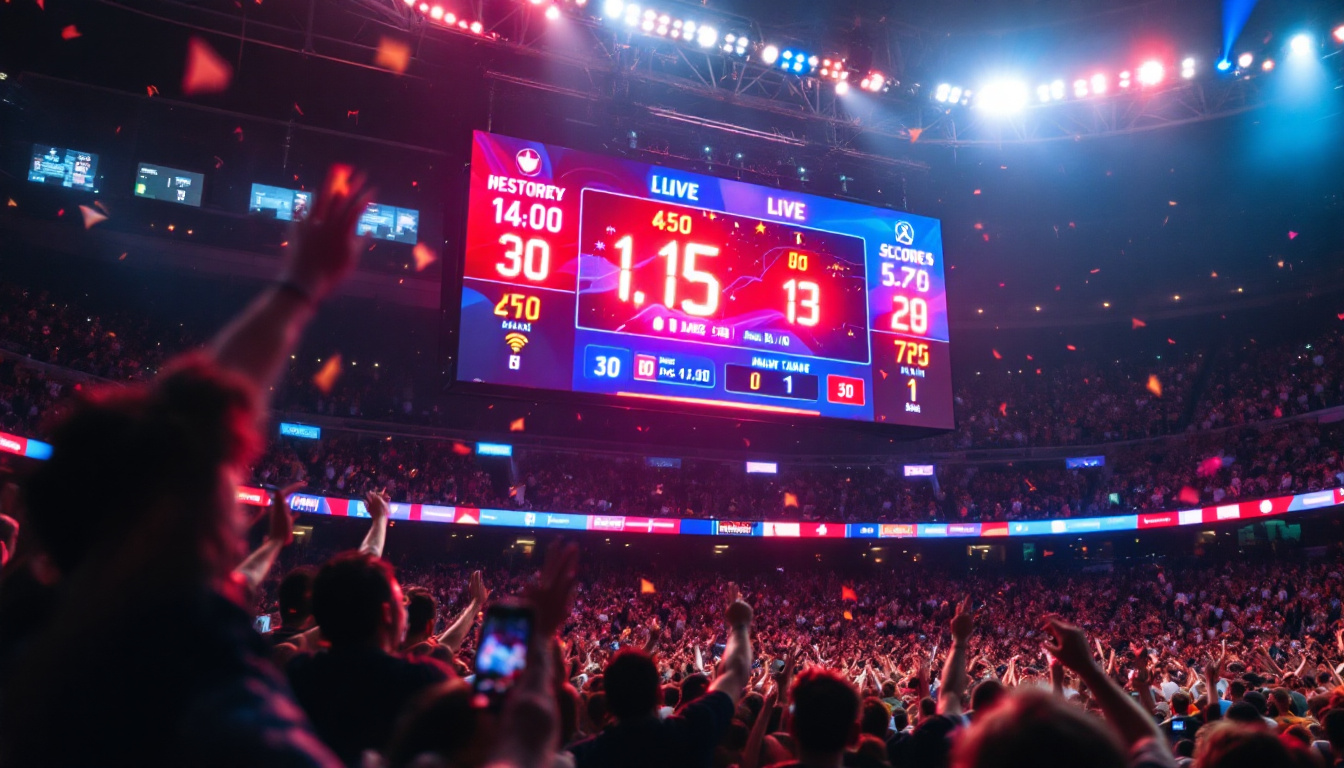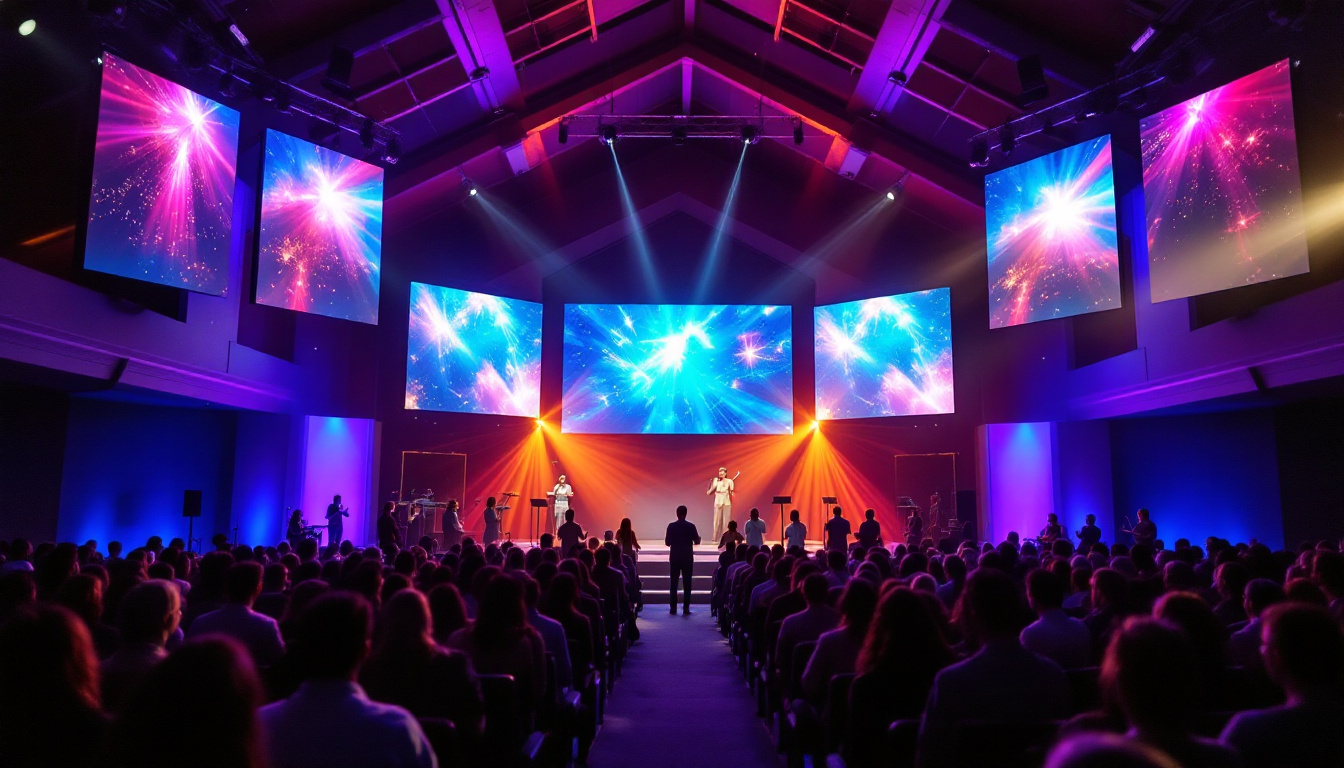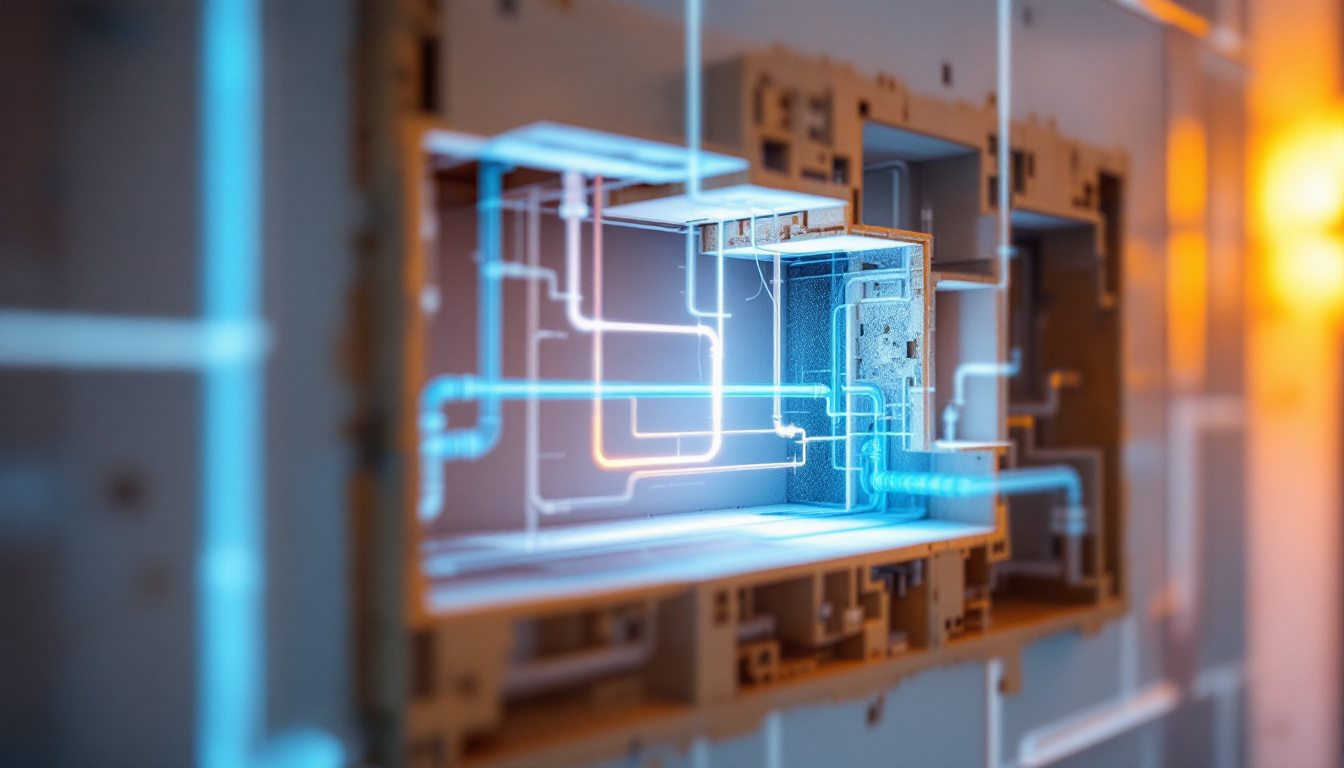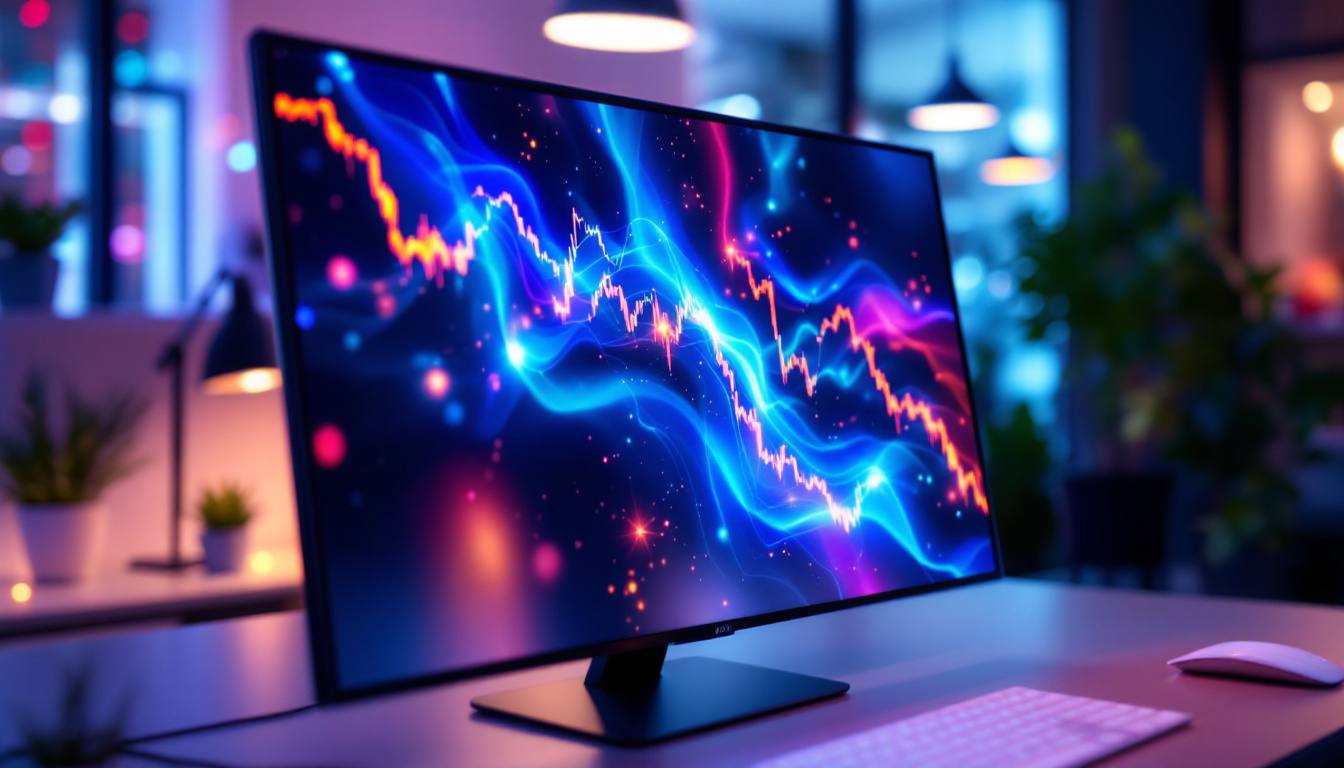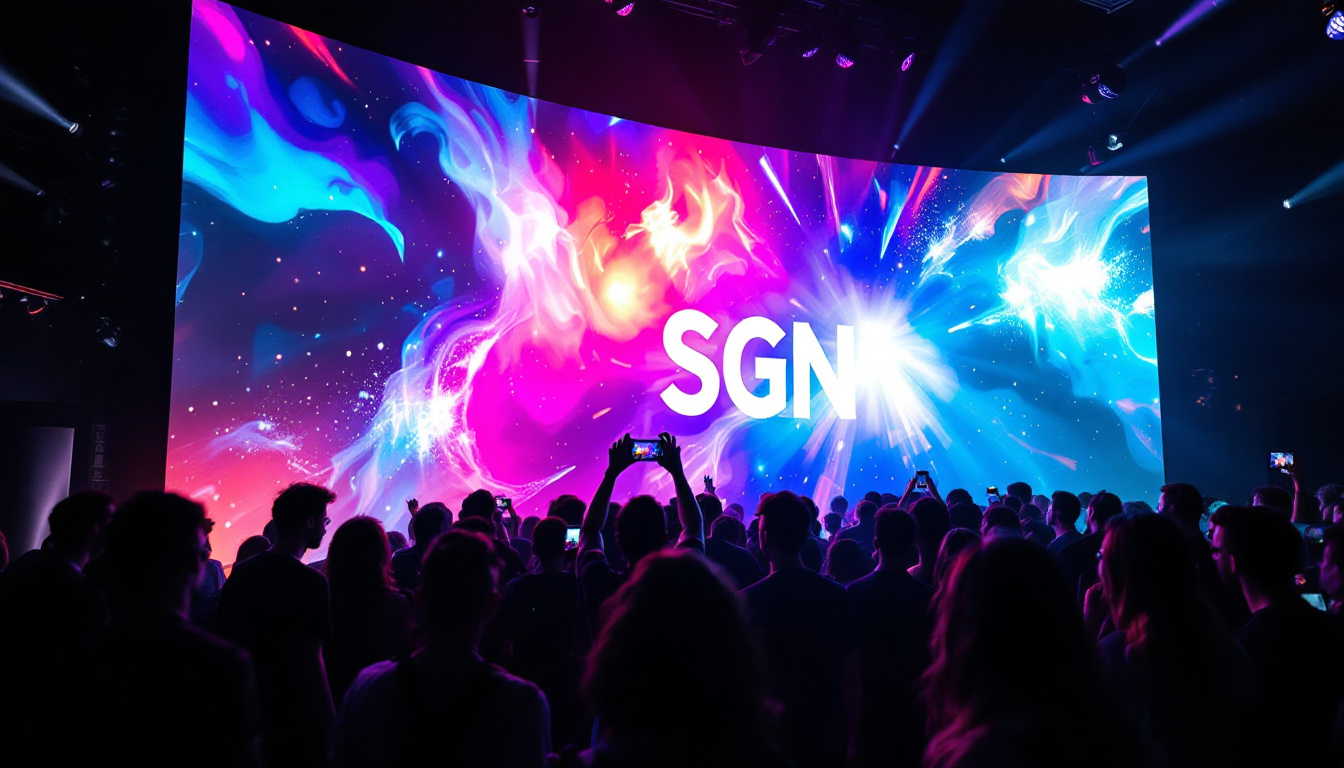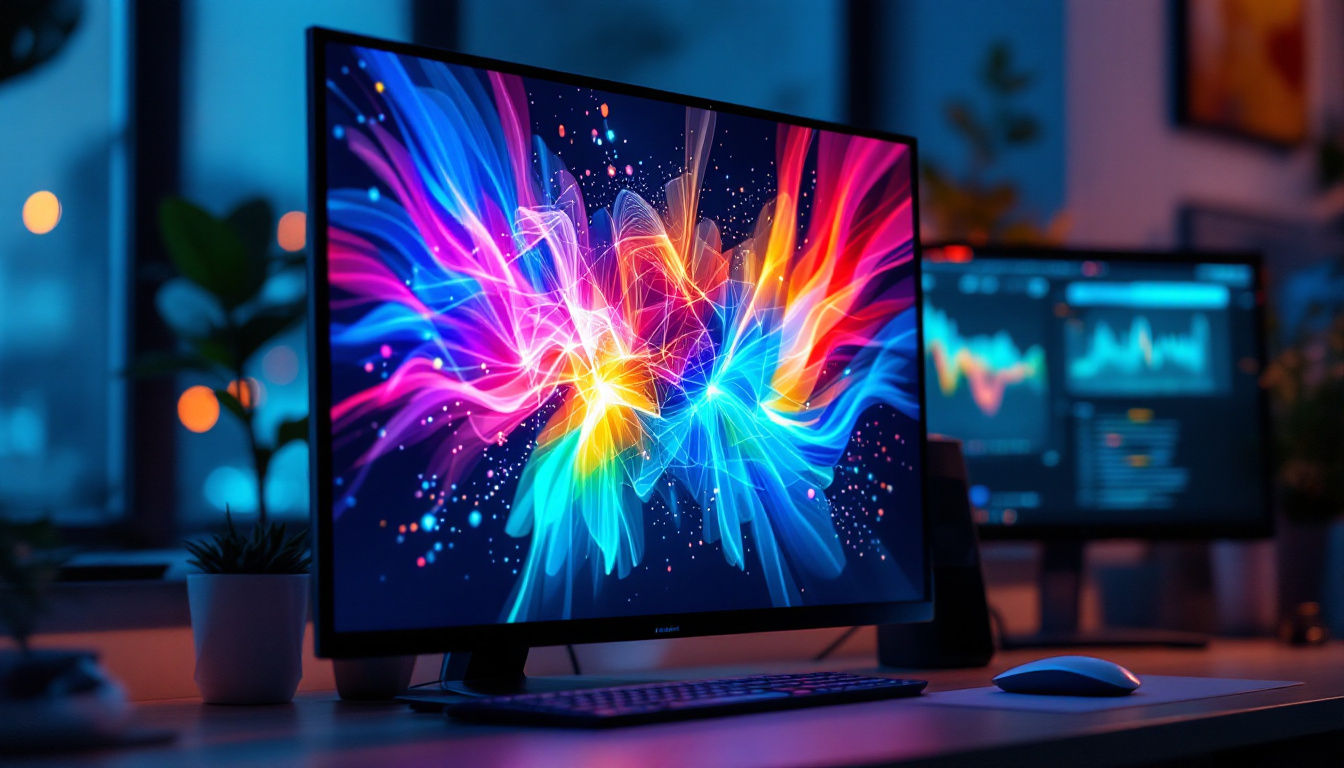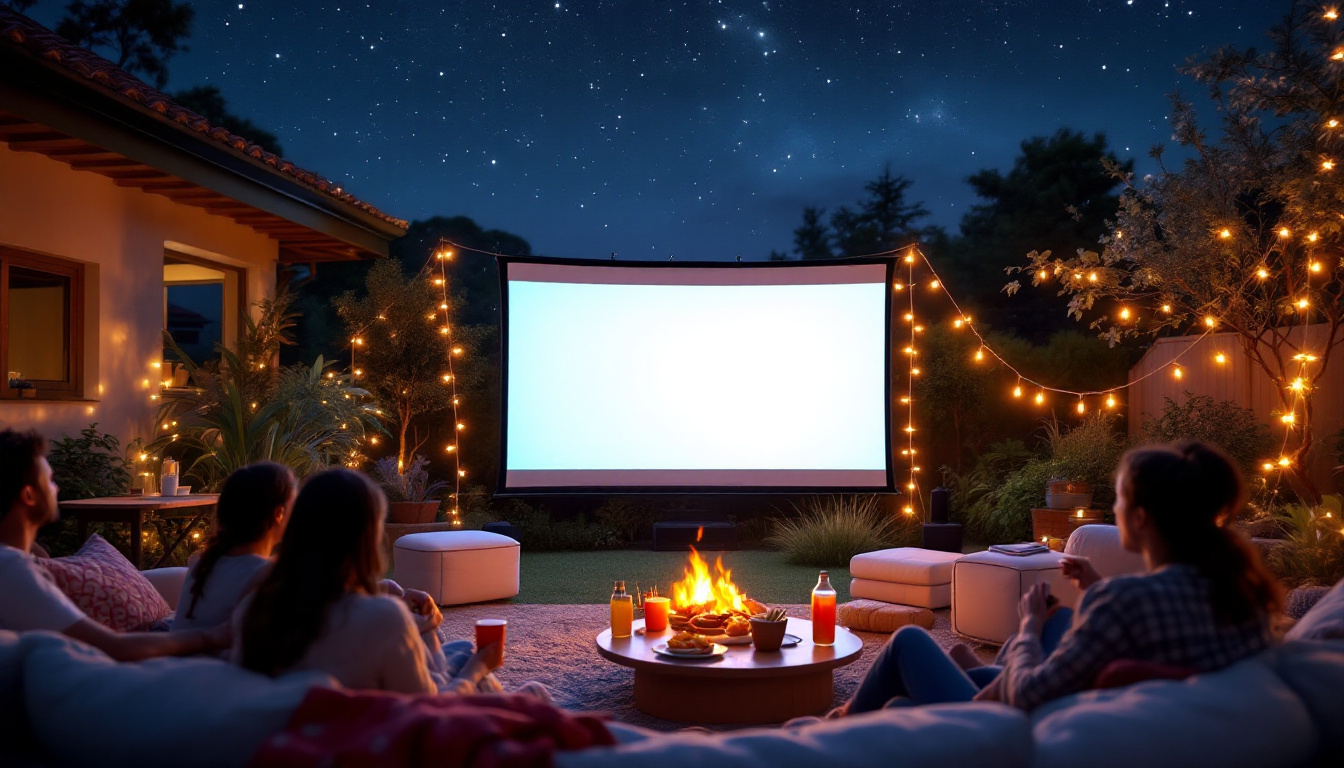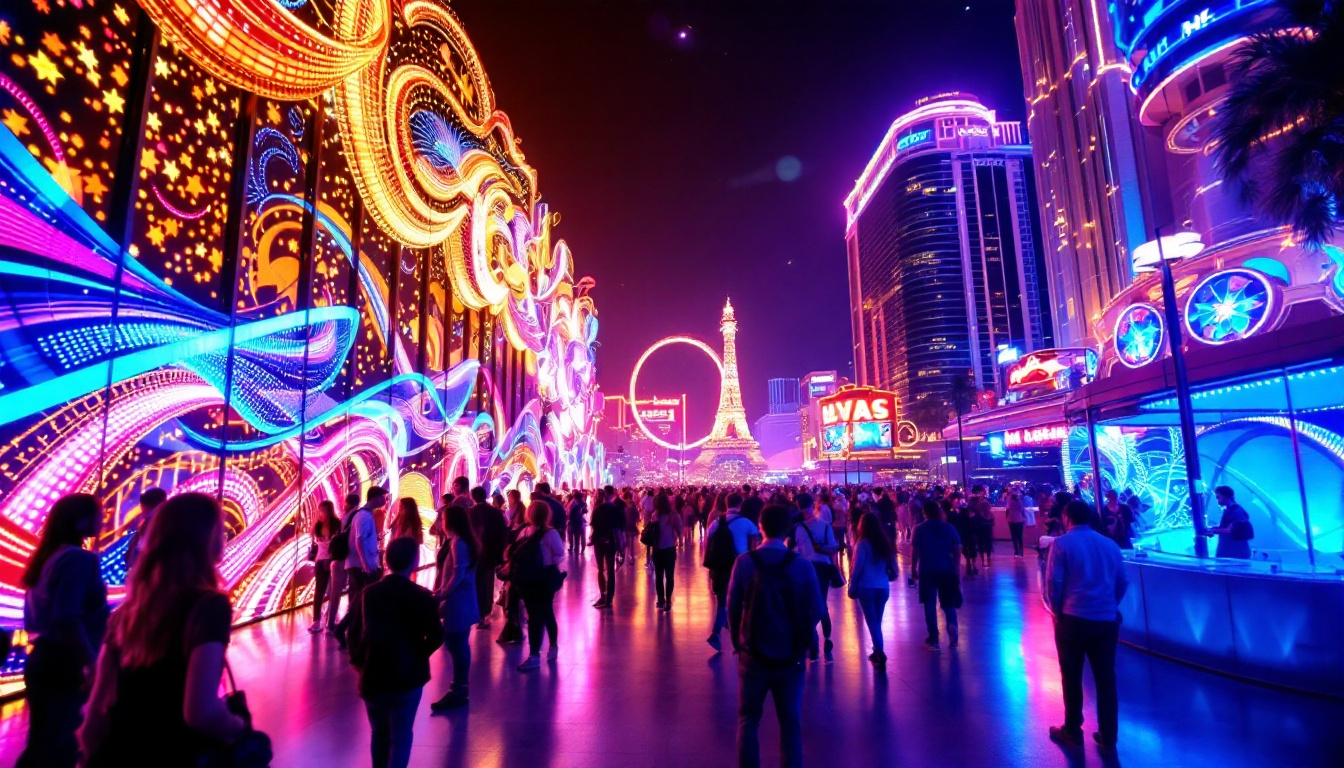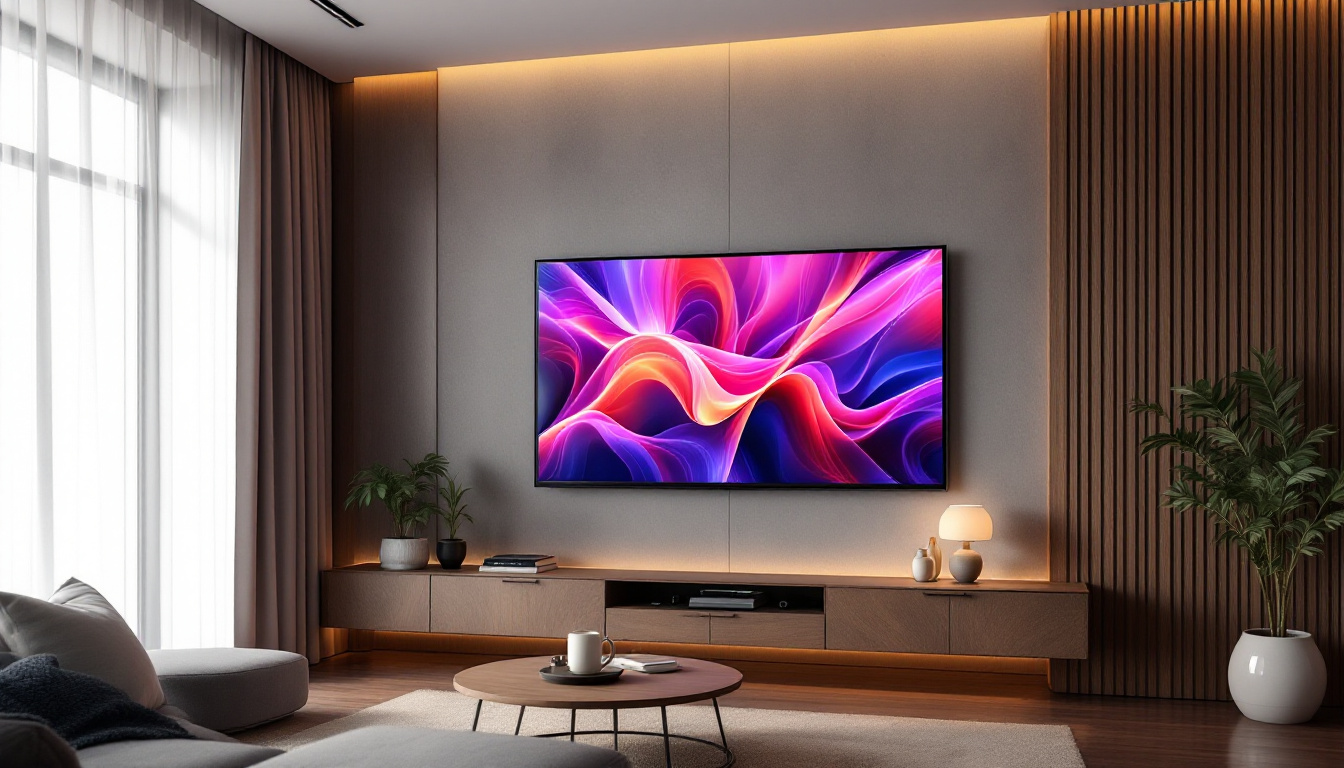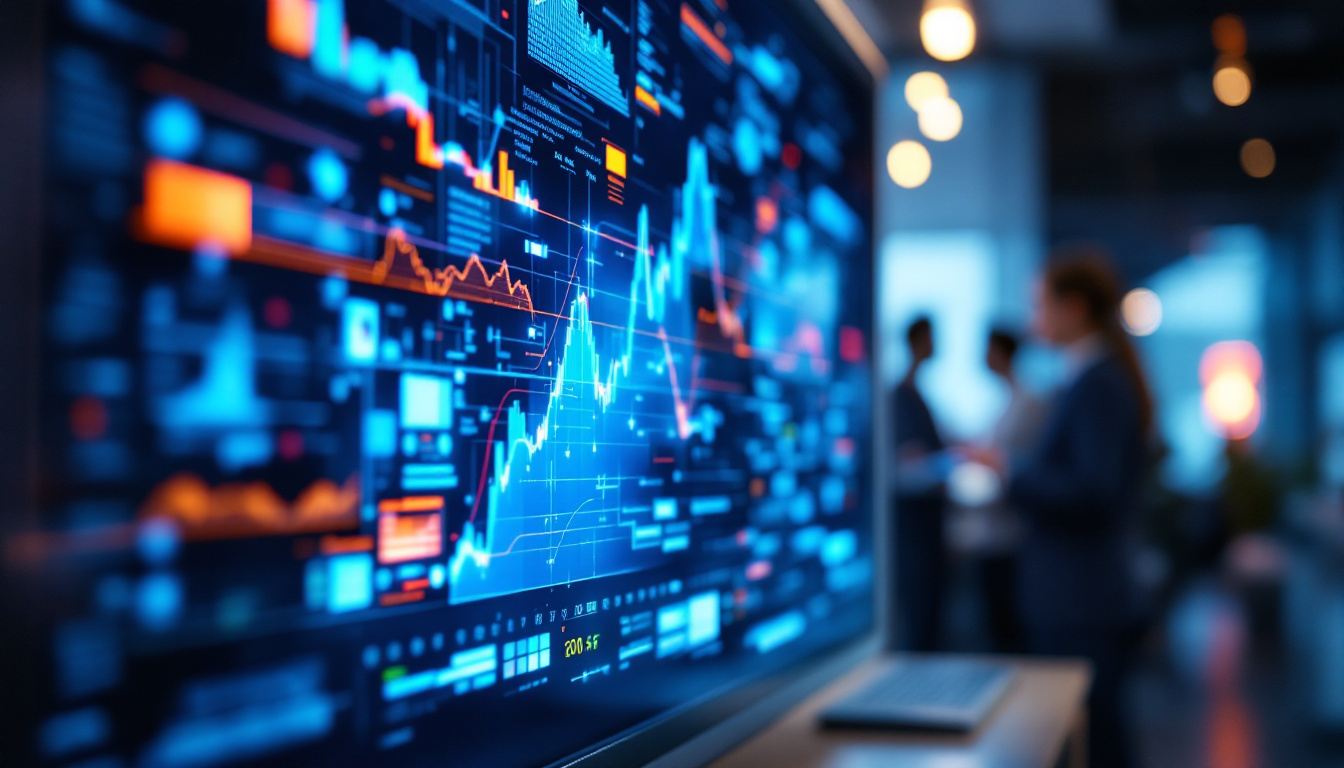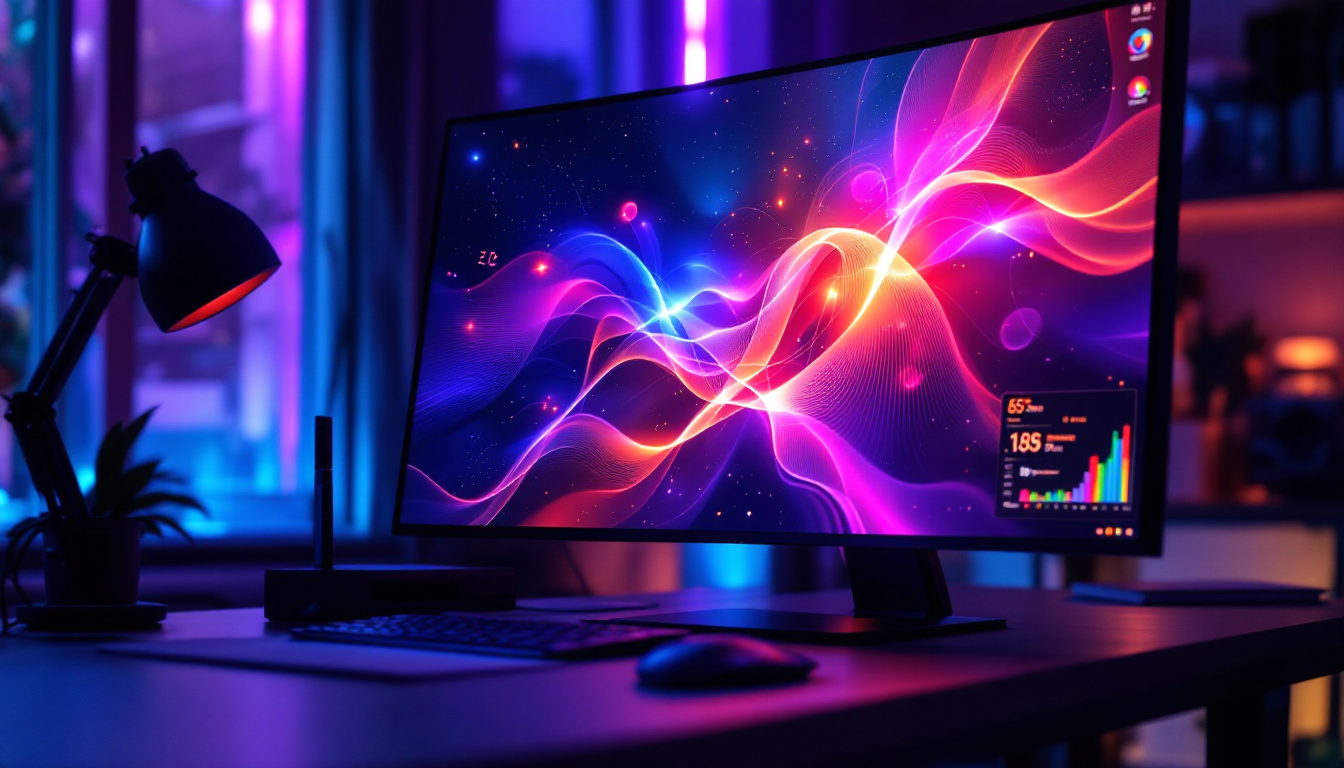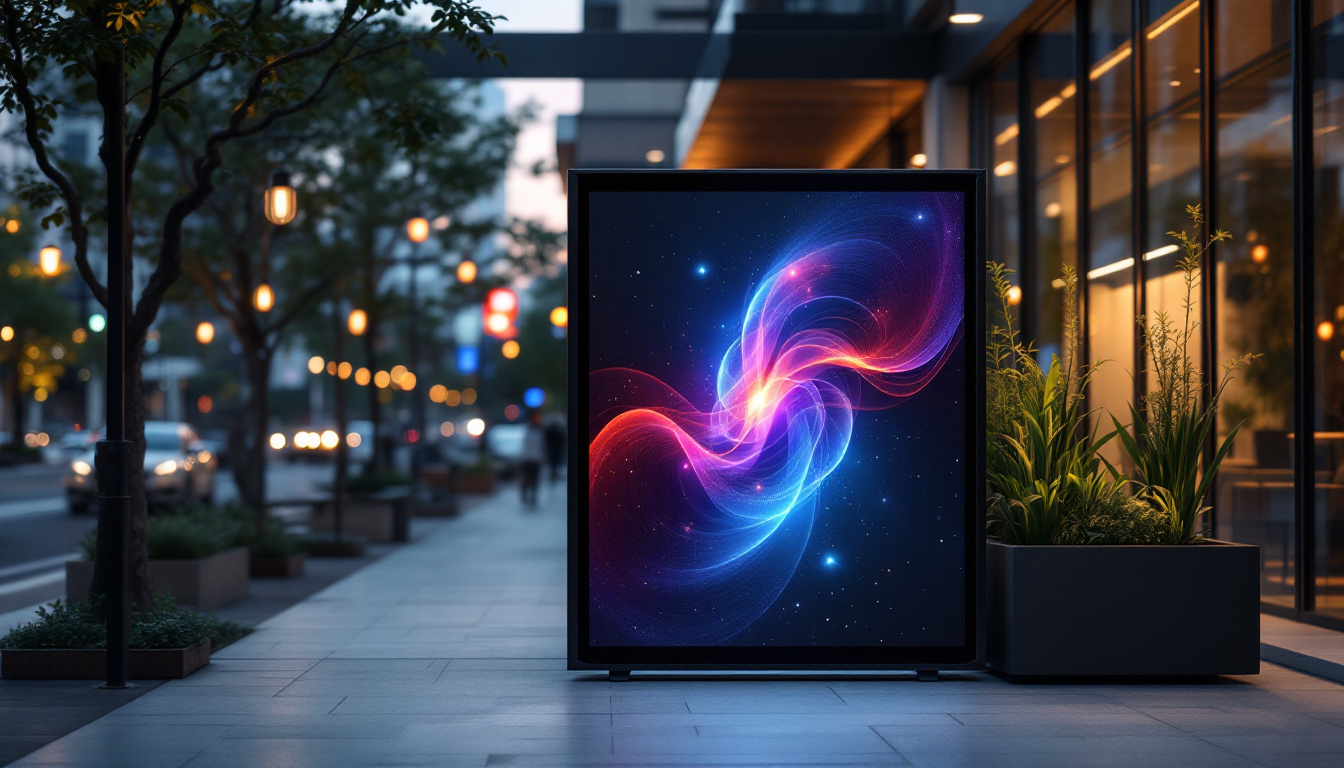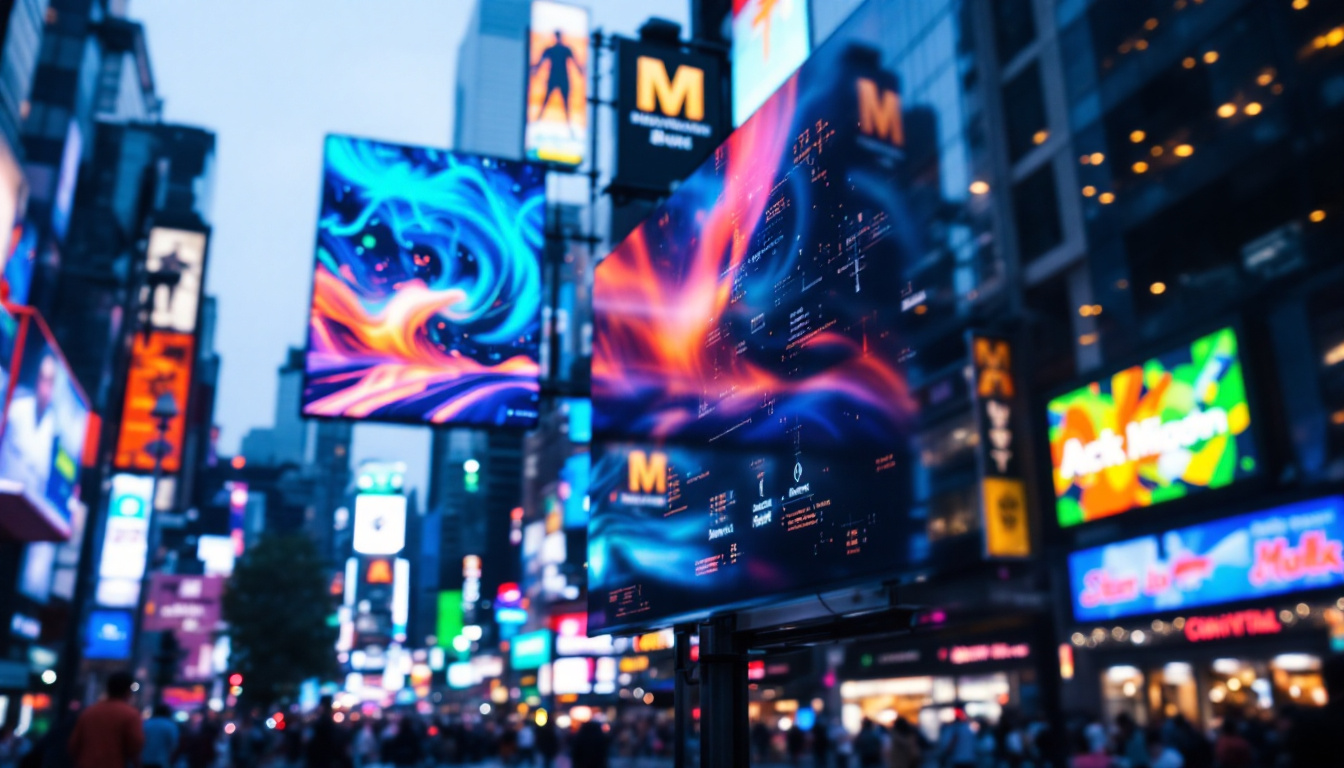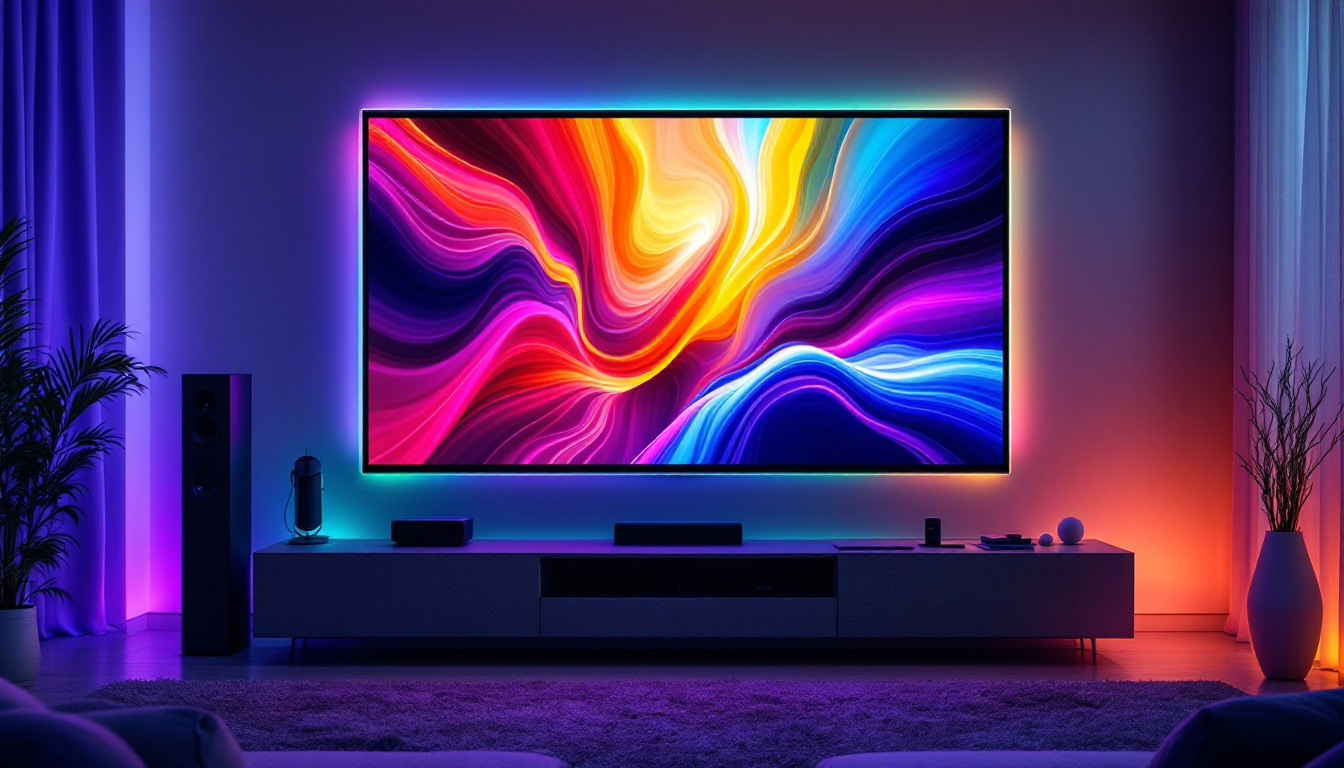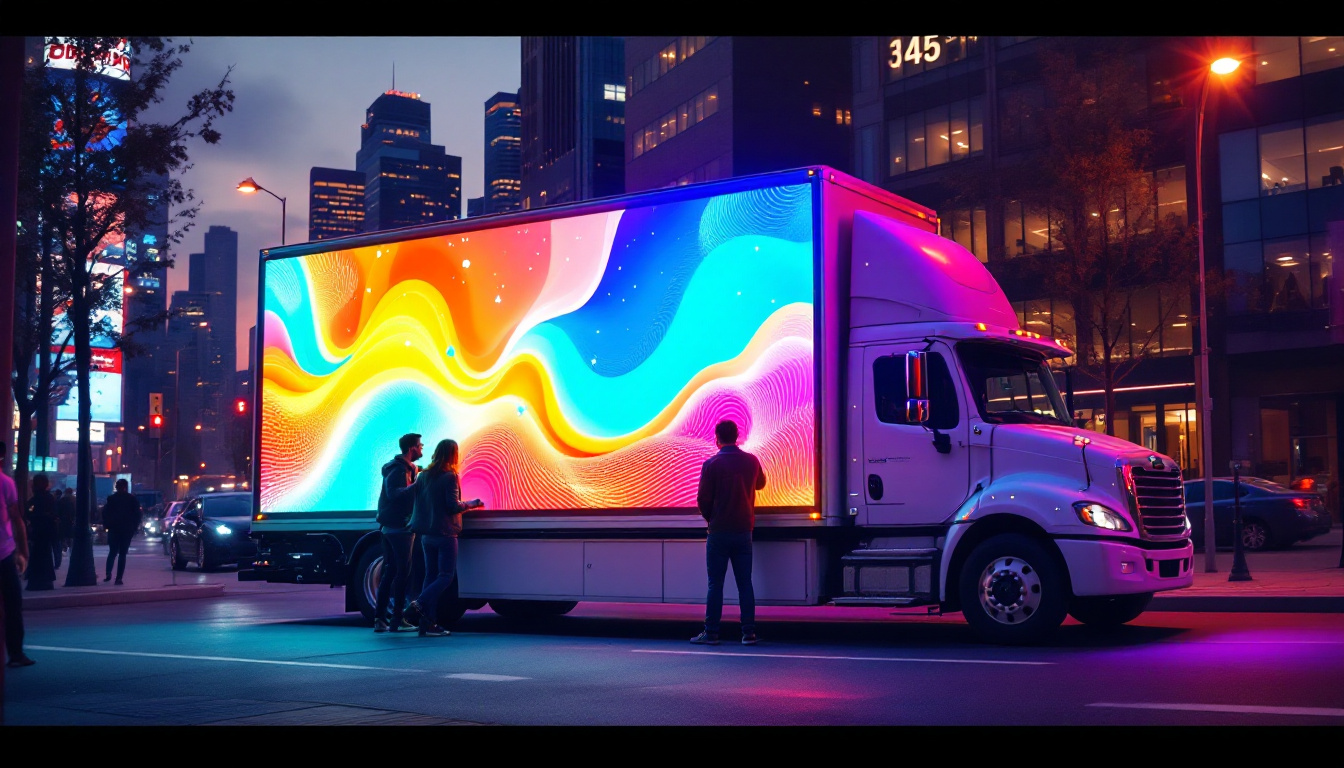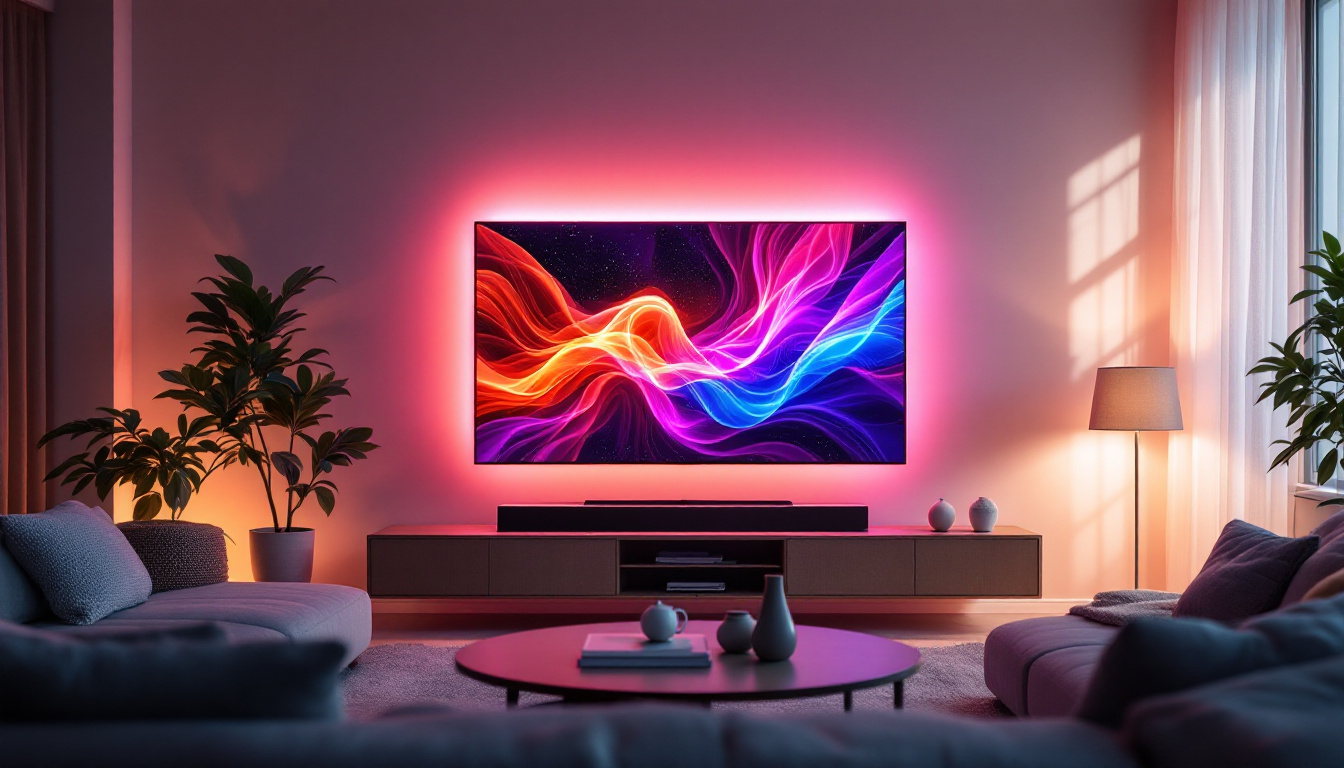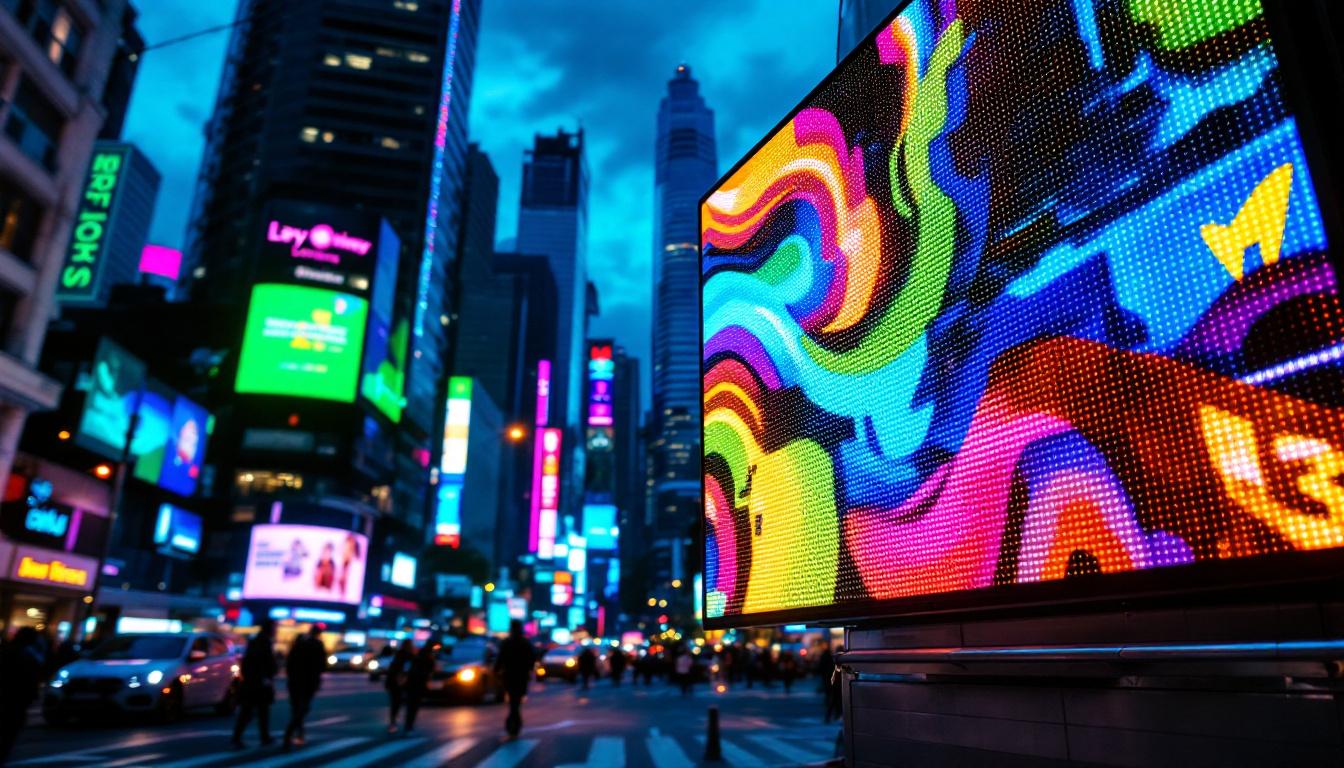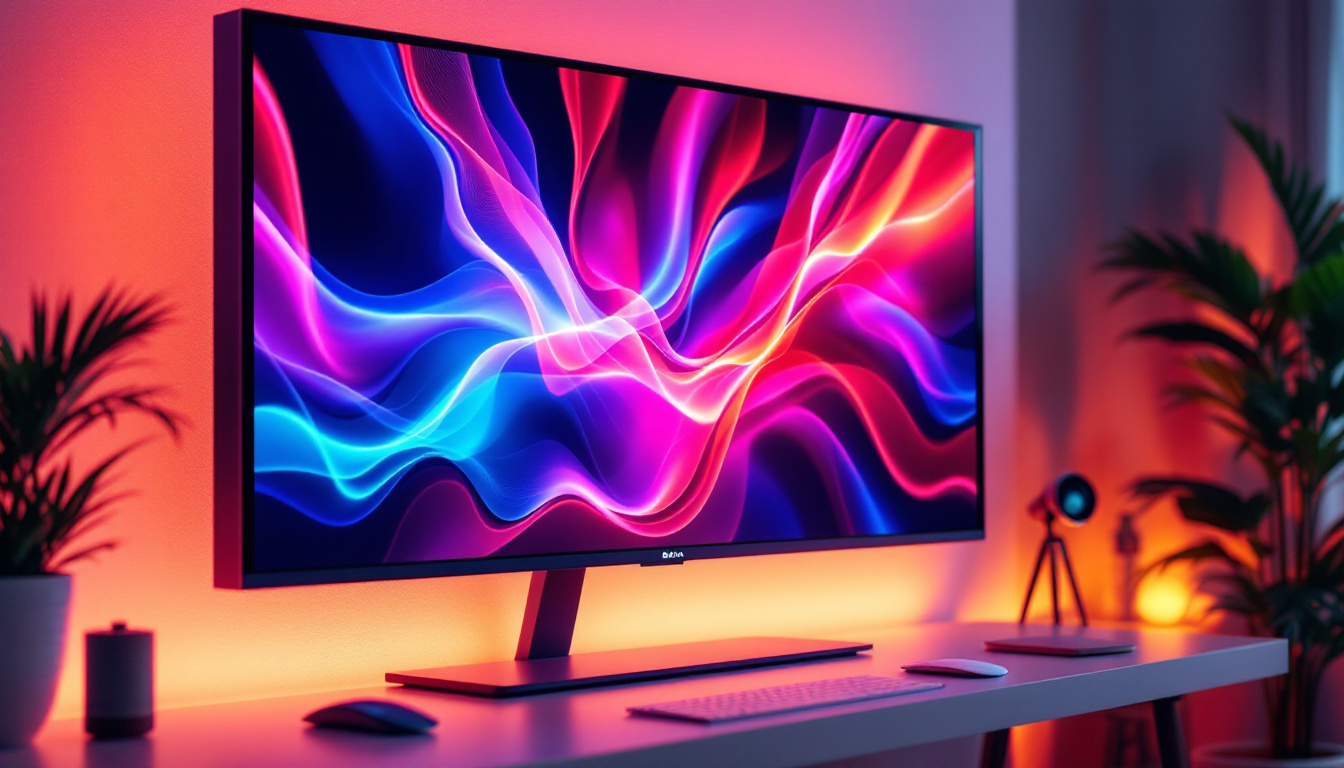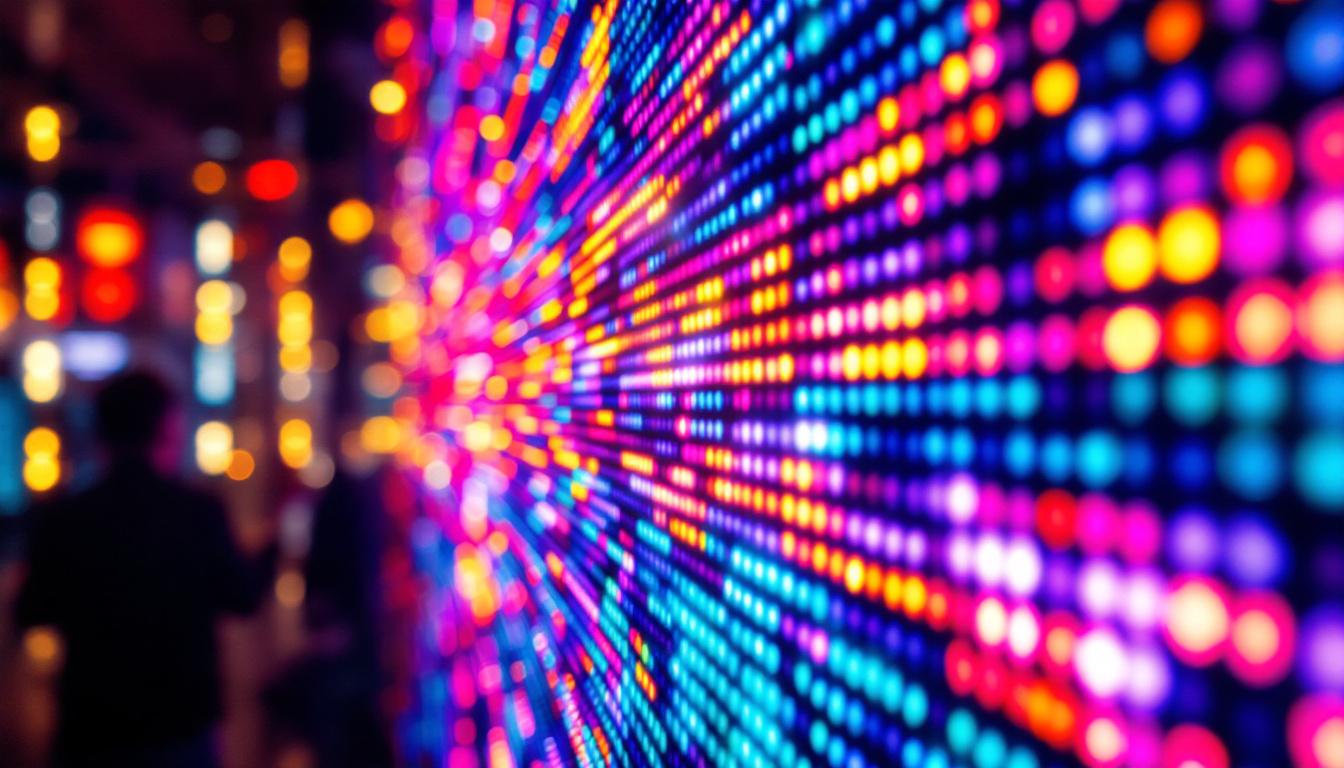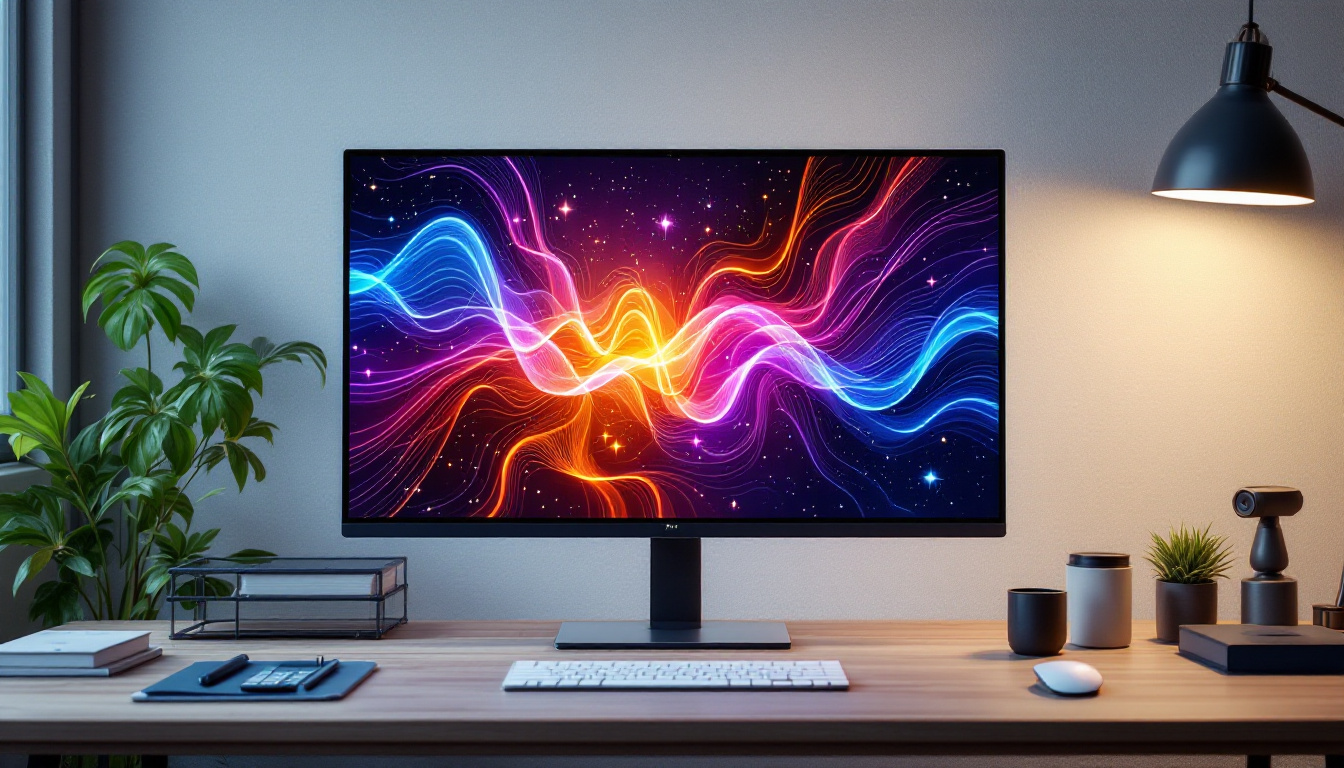In the world of modern technology, LED displays have become a ubiquitous presence, transforming the way information is conveyed across various platforms. From large-scale billboards to small electronic devices, LED (Light Emitting Diode) technology has revolutionized visual communication. This article delves into the meaning of LED, its applications, advantages, and the technology behind these displays.
Understanding LED Technology
LED stands for Light Emitting Diode, a semiconductor device that emits light when an electric current passes through it. This technology is not just limited to displays; it is also used in various lighting applications. The fundamental principle behind LEDs is electroluminescence, where the movement of electrons within the semiconductor material produces light. The efficiency of LEDs has revolutionized the lighting industry, providing a sustainable alternative to traditional incandescent and fluorescent bulbs. With a significantly longer lifespan and lower energy consumption, LEDs are becoming the go-to choice for both residential and commercial lighting solutions.
The Components of LED Displays
LED displays are composed of several key components that work together to create vibrant images and videos. The primary components include:
- LED Chips: These are the core elements that emit light. Different colors are produced by using various semiconductor materials.
- Driver Circuitry: This component controls the power supplied to the LED chips, ensuring they operate efficiently and produce the desired brightness.
- Control System: This system manages the content displayed on the screen, allowing for dynamic updates and changes in real-time.
Understanding these components helps in grasping how LED displays function and why they are preferred over traditional display technologies. Additionally, the thermal management system is crucial in maintaining the longevity and performance of LED displays. Effective heat dissipation ensures that the LED chips do not overheat, which can lead to reduced brightness and a shorter lifespan. As a result, many modern LED displays incorporate advanced cooling technologies, such as heat sinks and fans, to optimize performance.
Types of LED Displays
LED displays come in various types, each designed for specific applications. The most common types include:
- Direct View LED: These displays are made up of individual LED modules that can be viewed directly. They are often used in outdoor advertising and large event displays.
- LED Backlit LCD: In this configuration, LEDs are used to backlight an LCD panel, enhancing brightness and contrast. This type is common in televisions and computer monitors.
- Organic LED (OLED): This advanced technology uses organic compounds to emit light, resulting in better color accuracy and flexibility. OLED displays are widely used in smartphones and high-end televisions.
In addition to these common types, there are also specialized LED displays designed for niche markets. For instance, Transparent LED displays are gaining popularity in retail environments, allowing for eye-catching advertisements while maintaining visibility through the glass. Similarly, Flexible LED displays are being utilized in innovative architectural designs, enabling dynamic shapes and forms that were previously impossible with traditional display technologies. These advancements highlight the versatility of LED technology and its potential to transform various industries beyond just visual displays.
Applications of LED Displays
The versatility of LED displays allows them to be utilized in a wide range of applications. From advertising to information dissemination, their impact is significant.
Advertising and Marketing
One of the most prominent applications of LED displays is in advertising. Billboards and digital signage equipped with LED technology can capture attention with bright, dynamic content. These displays can be programmed to show different advertisements at various times, maximizing exposure and engagement.
Moreover, LED displays can be strategically placed in high-traffic areas, ensuring that a large audience sees the content. The ability to change messages quickly makes them an effective tool for marketing campaigns. Businesses can tailor their advertisements based on time of day, weather conditions, or even current events, making their marketing efforts more relevant and timely. This adaptability not only increases customer engagement but also allows for targeted promotions that resonate with specific demographics.
Entertainment and Events
In the entertainment industry, LED displays play a crucial role in enhancing the audience experience. Concerts, festivals, and sporting events often utilize large LED screens to broadcast live performances, scores, and highlights. These displays provide clear visuals even from a distance, ensuring that everyone in attendance can enjoy the show.
Additionally, LED technology is used in stage designs, creating stunning visual effects that complement performances. The flexibility of LED panels allows for creative arrangements, contributing to the overall atmosphere of events. For instance, some productions use LED walls that can change shapes and configurations, adding a dynamic element to the storytelling. Furthermore, the integration of LED displays with sound systems can synchronize visuals with audio, creating an immersive experience that captivates audiences and enhances their emotional connection to the performance.
Information and Communication
LED displays are also widely used for information dissemination. Transportation hubs, such as airports and train stations, employ LED screens to provide real-time updates on schedules, delays, and other important announcements. This enhances communication and helps passengers navigate their journeys more efficiently.
In corporate settings, LED displays are used for presentations, meetings, and internal communications. Their ability to present information clearly and attractively makes them a valuable asset in any professional environment. Additionally, many companies are now utilizing LED displays for interactive presentations, allowing for audience participation through touch screens or mobile devices. This interactivity not only keeps the audience engaged but also fosters collaboration and innovation within teams. Furthermore, educational institutions are adopting LED technology in classrooms to create more engaging learning environments, where visual aids can enhance comprehension and retention of complex subjects.
Advantages of LED Displays
The growing popularity of LED displays can be attributed to their numerous advantages over traditional display technologies. Here are some key benefits:
Energy Efficiency
One of the most significant advantages of LED displays is their energy efficiency. Compared to traditional incandescent bulbs or fluorescent lights, LEDs consume significantly less power while providing brighter illumination. This not only reduces energy costs but also contributes to environmental sustainability.
Longevity and Durability
LED displays have a longer lifespan than many other display technologies. With proper maintenance, an LED display can last for over 50,000 hours. This durability makes them a cost-effective choice in the long run, as they require less frequent replacements.
High Brightness and Contrast
LED displays are known for their high brightness levels and excellent contrast ratios. This makes them suitable for various lighting conditions, including direct sunlight. The vivid colors and sharp images produced by LED technology enhance the viewing experience, making it more engaging for audiences.
Challenges and Considerations
While LED displays offer numerous advantages, there are also challenges and considerations that need to be addressed. Understanding these factors is essential for making informed decisions about their use.
Initial Cost
One of the primary challenges associated with LED displays is their initial cost. Although prices have decreased over the years, high-quality LED displays can still require a significant investment. Businesses must weigh the upfront costs against the long-term benefits to determine if LED technology is the right choice for their needs.
Technical Expertise
Implementing and maintaining LED displays often requires technical expertise. Proper installation, calibration, and troubleshooting are essential to ensure optimal performance. Organizations may need to invest in training or hire specialized personnel to manage these displays effectively.
Content Management
For LED displays to be effective, the content displayed must be engaging and relevant. This requires ongoing content management and updates, which can be resource-intensive. Businesses must develop strategies for creating and managing content to maximize the impact of their LED displays.
The Future of LED Displays
The future of LED displays looks promising, with ongoing advancements in technology and applications. As the demand for high-quality visuals continues to grow, innovations in LED technology are likely to emerge.
Advancements in Technology
Research and development in LED technology are focused on improving efficiency, color accuracy, and flexibility. Emerging technologies such as MicroLED and MiniLED are paving the way for even more compact and powerful displays. These advancements will enhance the capabilities of LED displays, making them suitable for an even wider range of applications.
Integration with Smart Technology
As smart technology becomes more prevalent, LED displays are expected to integrate seamlessly with other devices. This could lead to interactive displays that respond to user input or provide personalized content based on viewer preferences. Such advancements will further enhance the user experience and open new avenues for engagement.
Environmental Considerations
With growing awareness of environmental issues, the demand for sustainable technologies is on the rise. LED displays, known for their energy efficiency and longevity, are well-positioned to meet this demand. Manufacturers are likely to focus on developing eco-friendly materials and production processes, further solidifying LED technology’s role in sustainable practices.
Conclusion
LED displays have transformed the landscape of visual communication, offering numerous advantages in terms of efficiency, durability, and versatility. From advertising to entertainment and information dissemination, their applications are vast and varied. While challenges exist, the ongoing advancements in technology and integration with smart systems promise a bright future for LED displays.
As businesses and organizations continue to explore the potential of LED technology, understanding its meaning and implications will be crucial. Embracing this innovative technology can lead to enhanced engagement, improved communication, and a more sustainable approach to visual displays.
Discover the Future of Visual Communication with LumenMatrix
Ready to elevate your visual communication and captivate your audience like never before? Look no further than LumenMatrix, a pioneer in LED display technology. Our extensive range of solutions, from Indoor and Outdoor LED Wall Displays to innovative LED Posters and Transparent Displays, is designed to bring your brand to life. Whether you’re looking to enhance a sports event, transform a retail space, or make a statement on the go with Vehicle LED Displays, LumenMatrix has the cutting-edge technology to make it happen. Don’t just take our word for it; check out LumenMatrix LED Display Solutions today and join the revolution in visual communication.

